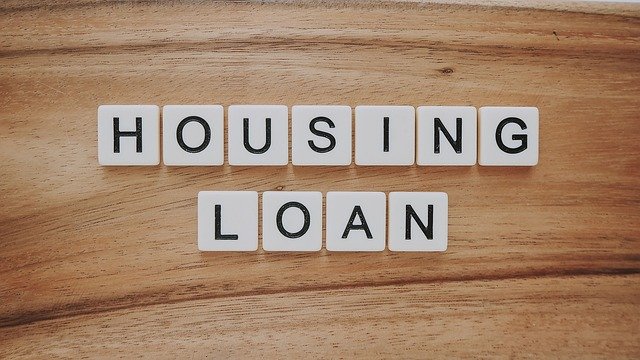Financing Options for Buyers With Variable Incomes
Buyers with variable incomes face distinct challenges when seeking property finance. This article outlines practical financing approaches, risk considerations, and strategic steps—covering valuation, mortgage types, renovation financing, investment lens, tax implications, and market signals—to help informed decision-making.

Buyers whose income fluctuates—freelancers, commission earners, seasonal workers, and entrepreneurs—need tailored financing strategies that reflect irregular cash flow and variable affordability. Lenders typically prioritize consistent income, credit history, and loan-to-value ratios, so understanding valuation, appraisal practices, and how to document earnings can materially influence approval chances and terms.
Valuation and appraisal impact?
A credible valuation and appraisal establish the collateral value lenders use to calculate maximum loan amounts. For variable-income buyers, a conservative appraisal may reduce the available mortgage, increasing required down payment or triggering the need for alternative financing. Accurate valuation also affects negotiation leverage; if the appraisal supports a lower price relative to the listing, buyers may renegotiate or request seller concessions. When incomes vary, pairing a reliable appraisal with thorough due diligence on comparable sales and local market trends strengthens an application.
What mortgage structures suit variable incomes?
Several mortgage structures can accommodate irregular earnings. Options include longer-term fixed-rate mortgages to stabilize payments, mortgages that allow seasonal or income-flexible repayment schedules, and lender programs for self-employed borrowers that accept averaged income over several years. Interest-only periods or adjustable-rate mortgages can lower initial payments but increase long-term risk. Lenders often require tax returns, profit-and-loss statements, or bank statements; presenting multi-year documentation that demonstrates an upward trend in earnings can improve terms.
Which financing and negotiation strategies help?
Financing strategies for variable-income buyers include higher down payments to reduce loan-to-value ratios, co-borrowers to bolster income evaluation, and bridge loans for short-term cash flow gaps. Negotiation tactics can include asking sellers to contribute to closing costs, negotiating contingencies tied to appraisal or due diligence findings, and structuring offers that tie financing timelines to income cycles. Clear, organized financial documentation and professional letters explaining income variability often improve lender confidence during underwriting.
Can renovation and staging improve approvals?
Renovation financing—such as renovation loans, HELOCs, or construction-to-permanent loans—can make homes more suitable investments and increase future valuation, but lenders will scrutinize income stability for these products. Staging and targeted improvements that enhance livability and curb appeal can boost appraisal values and rental yield potential. For buyers planning renovations, provide detailed budgets and contractor estimates during financing to help lenders assess the post-renovation value and repayment capacity.
How to assess investment, rental yield and taxes?
If purchasing as an investment, evaluate rental yield, vacancy risk, and tax implications. Rental yield calculations should factor in expected income variability, maintenance, property management, and local taxes. Variable-income buyers should model conservative rental scenarios to ensure coverage of mortgage payments during low-income periods. Consult tax rules for deductible mortgage interest, depreciation, and local property taxes; accurate forecasts and due diligence on local regulations help quantify net returns and affordability under different income cycles.
What market trends, sustainability, and location considerations matter?
Market trends and location significantly affect risk for variable-income buyers. Areas with stable employment centers, diversified economies, and rising demand tend to offer lower downside risk. Sustainability features—energy efficiency, good insulation, and low operating costs—can reduce monthly expenses and attract tenants, improving rental yield and resale value. Monitor markettrends like supply constraints, interest rate movements, and neighborhood-level shifts; aligning purchase timing with personal income predictability reduces exposure.
Conclusion Financing a property with variable income requires careful alignment of documentation, mortgage selection, and a realistic assessment of valuation and post-purchase obligations. By combining thorough due diligence, strategic negotiation, and conservative financial planning—while considering renovation impacts, tax consequences, and local market dynamics—buyers can improve their prospects for sustainable homeownership or investment despite income variability.




